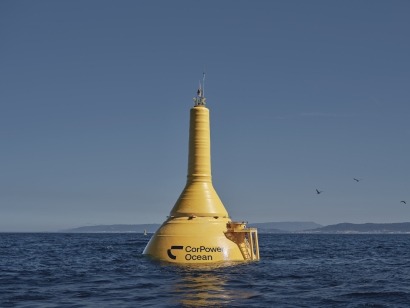
CorPower will look to develop ocean energy solutions in America.
The announcement comes as the US continues to encourage the introduction of new renewable energy sources, including a $369 billion investment in climate and energy programs through the Inflation Reduction Act of 2022. New legislation specifically enabling the deployment of wave energy has also been passed by both California's Senate, with unanimous and rare bi-partisan support.
CorPower Ocean Head of Business Development Anders Jansson said, "We're hugely motivated by the prospect of developing a wave energy industry in the US, accelerating the energy transition and stimulating long-term jobs and wealth creation. We have been steadily ramping up activity in the US for several years.
“Our collaboration with AltaSea strengthens this foundation, opening up a tremendous resource in California and other west coast states. We believe wave energy will play a vital role in America's future energy transition as a consistent power source with the ability to provide stability to the clean energy mix. This will ensure renewable energy can be delivered 24/7 in line with demand, reducing market volatility.
“Ultimately, we are looking to help pave the way to 100% renewable energy systems delivering 24/7 carbon free energy with the lowest cost and highest resilience."
According to the terms of the MOU, CorPower Ocean and AltaSea will build on years of work to scientifically quantify the value of wave energy's consistent power profile that complements existing wind and solar resources. Studies on 'Multiple Energy Systems' have illustrated the lowest cost mix to reach 100% renewables features a high proportion of wave energy in many places of the world – including 10-25% on the West Coast of the United States.
A regional study for California, using the GenX model, included 55 gigawatts (GW) of wave energy in the lowest cost mix to reach zero carbon between 2040-2050. The complementary production profile ultimately allows for a smaller, cost-efficient energy system despite initially higher levelized cost of energy (LCOE) of wave versus wind and solar.
The United States has over 95,000 miles of coastline with close to 130 million people living in coastal counties. Waves off the country's coast could generate 2.64 trillion kilowatt hours of electricity per year – about 64% of the nation's total utility-scale electricity generation in 2021.

